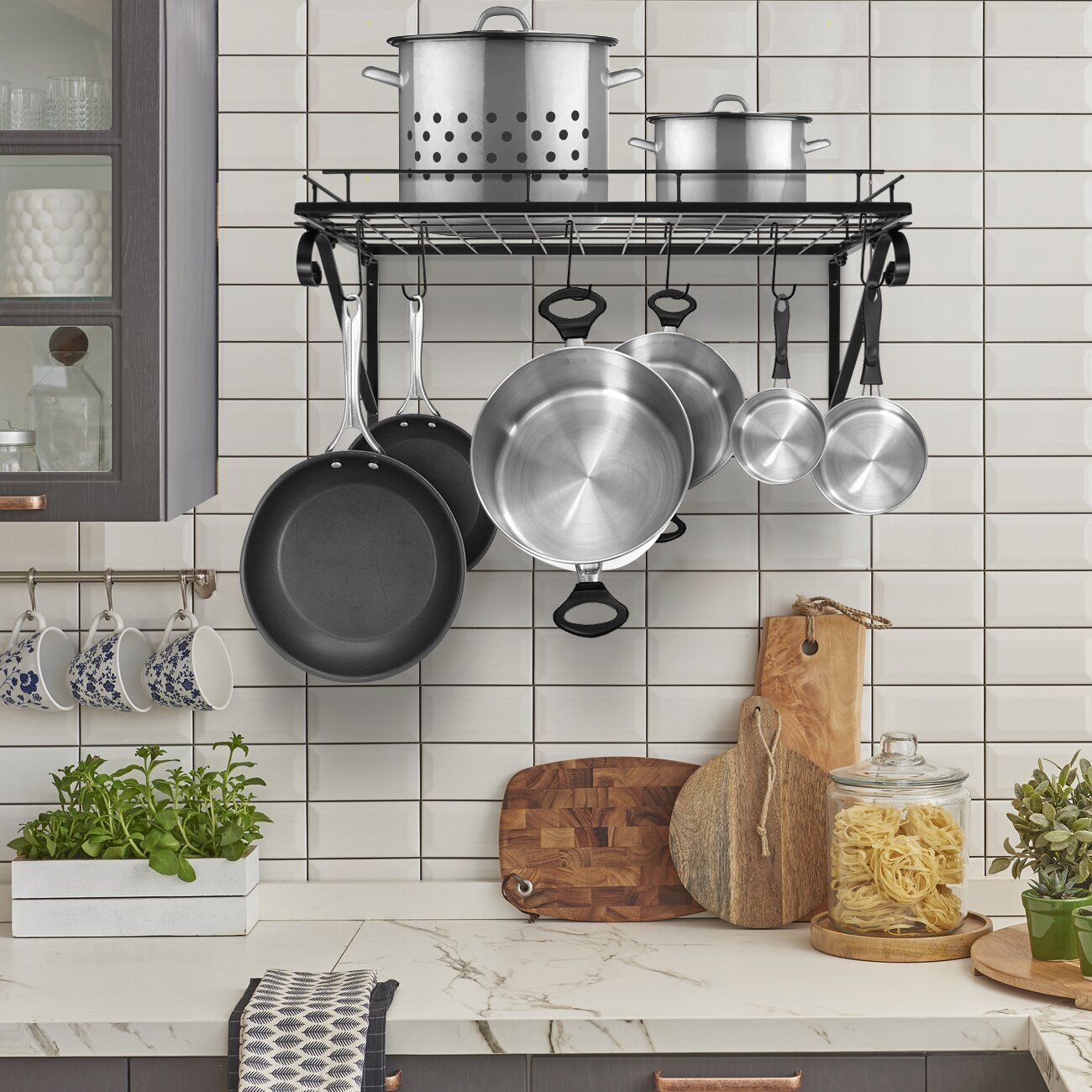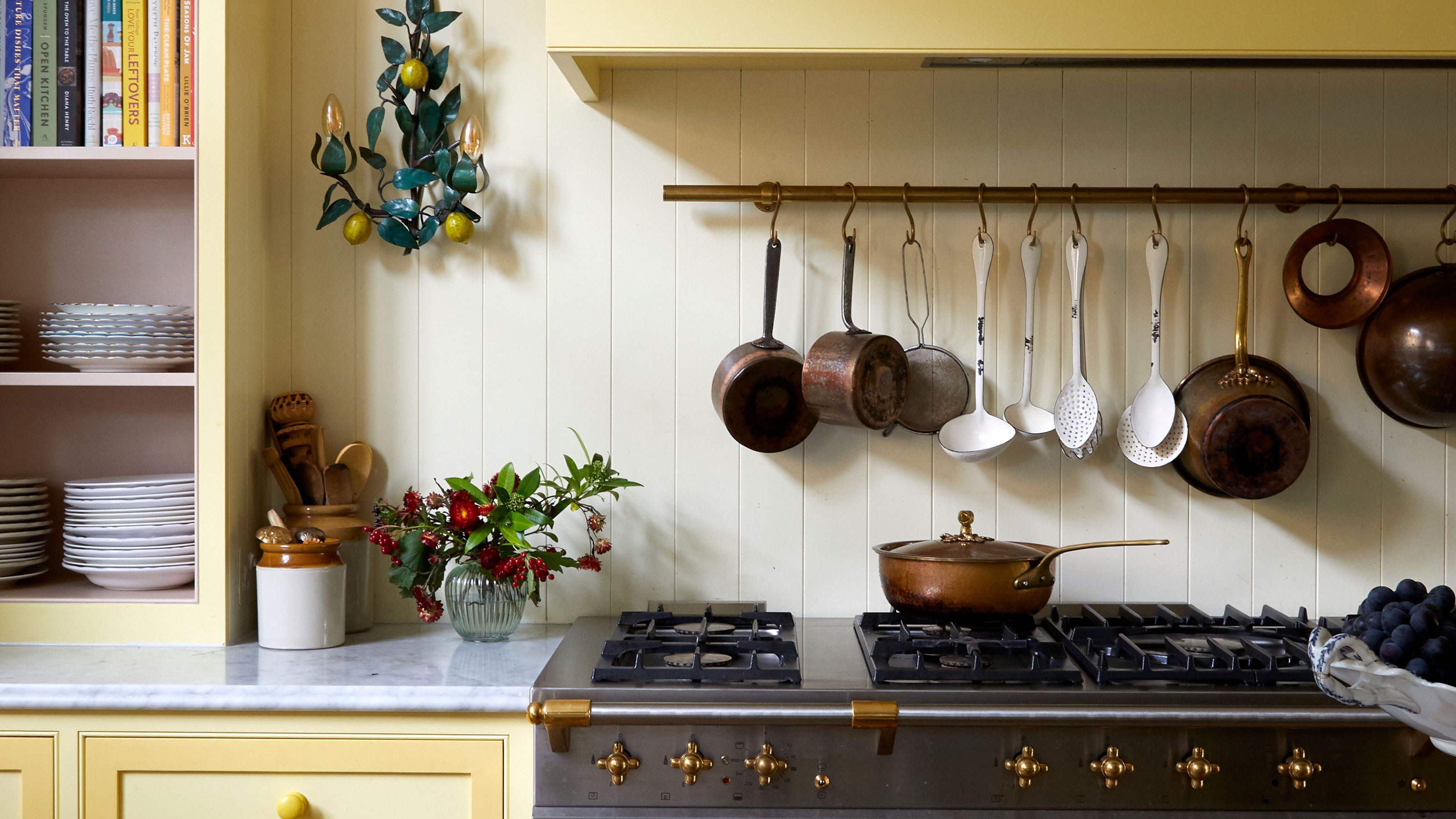Kitchen Cabinet Hanging Rail

Let’s talk about kitchen cabinet hanging rails – those handy little gadgets that can transform your kitchen storage game! They’re basically like an extra layer of organization, letting you hang pots, pans, utensils, and more, keeping your cabinets neat and tidy.
Types of Kitchen Cabinet Hanging Rails
The world of kitchen cabinet hanging rails is surprisingly diverse! There are different types, materials, and styles to suit every kitchen and need.
- Telescopic Rails: These are adjustable, making them perfect for cabinets of various sizes. They usually come in metal, often stainless steel, and are pretty easy to install.
- Fixed Rails: These are a more permanent solution, usually mounted directly to the cabinet wall. They come in various materials, like wood, metal, or even acrylic, and can be customized to match your kitchen’s style.
- Under-Shelf Rails: These rails are designed to be installed beneath existing shelves, maximizing vertical space. They’re a great way to hang lightweight items like mugs, spice racks, or small utensils.
Benefits of Using a Kitchen Cabinet Hanging Rail
Think of kitchen cabinet hanging rails as the superheroes of kitchen organization! Here’s why they’re a game-changer:
- Increased Storage Space: Hanging rails free up valuable shelf space, allowing you to store more items efficiently.
- Improved Organization: Hanging rails provide designated spaces for your kitchen essentials, making it easier to find what you need.
- Aesthetic Appeal: Hanging rails can add a touch of style and functionality to your kitchen. They can help create a clean and organized look, especially if you choose a rail that complements your existing decor.
Installing a Kitchen Cabinet Hanging Rail

Ready to upgrade your kitchen organization game? Installing a hanging rail is a simple and effective way to add extra storage space and keep your kitchen tidy. Whether you’re a seasoned DIYer or a kitchen newbie, this guide will walk you through the process step-by-step.
Tools and Materials
Before you start, gather the necessary tools and materials.
- Hanging Rail: Choose a rail that’s the right length and material for your needs. You can find rails made from metal, wood, or plastic, in a variety of finishes.
- Brackets: These will hold the rail securely to your cabinets. Choose brackets that are compatible with your rail and the material of your cabinets.
- Screws: Make sure the screws are the right length to secure the brackets to the cabinets.
- Drill: A drill with a bit that’s slightly smaller than the diameter of the screws will help you create pilot holes for easier installation.
- Level: This will ensure your rail is installed straight.
- Pencil: To mark the location of the brackets on the cabinets.
- Measuring Tape: To determine the placement of the rail and brackets.
- Safety Glasses: Protect your eyes from flying debris.
Choosing the Right Location
The location of your hanging rail is crucial for its functionality. Consider these factors:
- Accessibility: Choose a location that’s easily accessible and doesn’t obstruct movement in your kitchen.
- Proximity to Items: Place the rail near the items you want to hang, such as pots, pans, or utensils.
- Height: Consider your height and the height of the items you want to hang. The rail should be high enough to allow for easy access but low enough to prevent items from hitting the ceiling.
Installation Methods
There are several ways to install a hanging rail, depending on your preference and the material of your cabinets.
- Drilling and Screwing: This is the most common and secure method. It’s suitable for most cabinets, especially those made of wood or metal. Drill pilot holes in the cabinet where you want to install the brackets, then secure the brackets with screws.
- Adhesive: This method is suitable for lightweight rails and cabinets made of smooth, non-porous materials like plastic or metal. Apply a strong adhesive to the back of the brackets and press them firmly against the cabinets. Let the adhesive cure according to the manufacturer’s instructions.
Step-by-Step Installation
Once you’ve gathered your tools and materials and chosen the right location, follow these steps to install your hanging rail:
- Measure and Mark: Use a measuring tape to determine the placement of the brackets on your cabinets. Mark the location of each bracket with a pencil.
- Drill Pilot Holes (if necessary): If you’re using the drilling and screwing method, drill pilot holes at the marked locations. This will make it easier to screw in the brackets and prevent the wood from splitting.
- Attach the Brackets: Secure the brackets to the cabinets using the appropriate screws. Make sure the brackets are level and securely fastened.
- Install the Rail: Slide the hanging rail into the brackets. Make sure the rail is securely seated and level.
Safety Precautions
Safety should always be your top priority when working with tools. Here are some safety tips to keep in mind:
- Wear safety glasses: This will protect your eyes from flying debris.
- Use caution when drilling: Make sure the drill bit is sharp and that you’re drilling at a safe angle.
- Be aware of your surroundings: Make sure there’s no one in the way when you’re drilling or hammering.
Maximizing Storage with a Kitchen Cabinet Hanging Rail

You’ve got your hanging rail installed, but now what? Let’s dive into the fun part: using it to make your kitchen the envy of all your friends (and maybe even the envy of Martha Stewart!).
A hanging rail can transform your kitchen cabinets into a storage powerhouse, especially when you’re short on counter space. It’s a great way to get those pots and pans off the stovetop and keep your frequently used utensils within easy reach.
Using a Hanging Rail for Efficient Storage
Using a hanging rail for efficient storage is like having a whole new set of kitchen cabinets! It allows you to maximize vertical space, which is especially helpful in smaller kitchens. Here are some ideas:
- Pots and Pans: Instead of stacking pots and pans in your cabinets, hang them on the rail! You’ll save space and be able to easily grab the right pot or pan for the job.
- Utensils: Hang your favorite spatulas, spoons, and whisks from the rail. This keeps them organized and within easy reach. You can even use hooks specifically designed for hanging utensils to ensure they stay secure.
- Towels: Keep your dish towels and hand towels organized and dry by hanging them on the rail. This is a great way to save space and keep your kitchen looking tidy.
- Other Kitchen Items: The possibilities are endless! You can also use a hanging rail to store oven mitts, pot holders, measuring cups, and other frequently used kitchen items.
Innovative and Space-Saving Storage Solutions
Here are some innovative and space-saving storage solutions you can use with a hanging rail:
- Over-the-Door Organizer: Use an over-the-door organizer to hang cleaning supplies, spices, or even small appliances. This is a great way to utilize the space behind your cabinet door.
- Magnetic Strips: Hang magnetic strips on your hanging rail to store metal utensils and tools. This is a great way to keep your kitchen tools organized and within easy reach.
- Hanging Baskets: Use hanging baskets to store fruits, vegetables, or even small kitchen appliances. This is a great way to add a touch of rustic charm to your kitchen.
- Tiered Storage: Use tiered storage racks to maximize vertical space. This is a great way to store spices, canned goods, or other small kitchen items.
Tips for Organizing and Maximizing Storage Space, Kitchen cabinet hanging rail
Here are some tips for organizing and maximizing storage space with a hanging rail:
- Group Similar Items: Group similar items together on your hanging rail. For example, hang all of your pots and pans together, all of your utensils together, and all of your towels together. This will make it easier to find what you need.
- Use Hooks of Different Sizes: Use hooks of different sizes to accommodate different items. For example, use smaller hooks for utensils and larger hooks for pots and pans.
- Consider the Weight: Be sure to consider the weight of the items you are hanging on your rail. If you are hanging heavy items, you may need to use a stronger rail or additional support.
- Keep it Clean: Regularly clean your hanging rail and the items stored on it. This will help to prevent dust and grime from accumulating.
A kitchen cabinet hanging rail is a simple but effective way to add extra storage space. To determine the ideal length for your rail, you’ll need to know the exact dimensions of your cabinets. Before you head to the hardware store, be sure to measure the square footage of your kitchen cabinets to ensure you purchase the right amount of hanging rail.
This way, you’ll be able to maximize storage and keep your kitchen organized and clutter-free.
A kitchen cabinet hanging rail is a simple yet brilliant addition, freeing up precious counter space. Just like a child’s imagination is sparked by glow in the dark stars for bedroom ceiling , a well-organized kitchen can bring joy to your daily routine.
A hanging rail, with its potential for hanging pots, pans, or even utensils, can truly transform your kitchen into a space that’s both functional and visually appealing.
